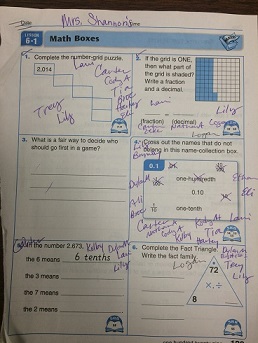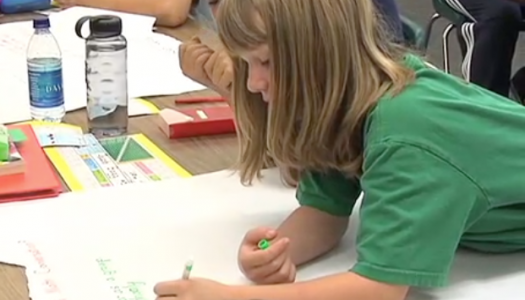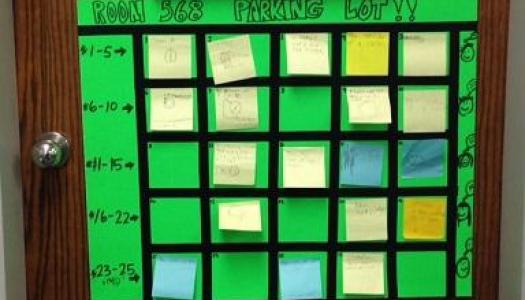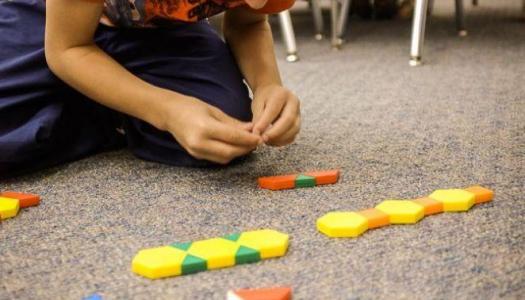Grouping Students in Math
Join Our Community
Access this resource now. Get up to three resources every month for free.
Choose from thousands of articles, lessons, guides, videos, and printables.
 Using CAFE, we form our literacy groups by strategy need rather than by reading level. We do this because even though a group of students may be reading at a similar level, their needs as readers are very different. We have found this to be a powerful way to maximize teaching time and differentiate instruction.
Using CAFE, we form our literacy groups by strategy need rather than by reading level. We do this because even though a group of students may be reading at a similar level, their needs as readers are very different. We have found this to be a powerful way to maximize teaching time and differentiate instruction.
In math, we aim to meet the same goal of differentiation. However, because math is much more sequential, these groups are even more focused and flexible, changing sometimes daily. How do we form math groups? There are different options based on the schedule of your math block and the needs of your students. Here are a few we have used or observed being used effectively:
1. After the first focus lesson (I Do), provide a three-question quick check to demonstrate student understanding. These questions should reveal who has a clear understanding of the concept taught, who is almost there, and which children are not there and will likely need additional support. This can also be looked at as students being below, on, and above the current grade-level standard. These quick checks should take less than five minutes to complete, because their purpose is to be a quick formative assessment. This provides teachers with the data necessary to see who needs extra support with the day’s concept.
2. Using a pretest of the concepts being covered, take note of which students need assistance with particular upcoming concepts and plan small-group work accordingly. This pretest could come from your math program or could be teacher created.
3. Have students complete a math review worksheet (like the one pictured). Keep a blank copy for yourself, and as you grade each problem, note on yours when a student missed that problem. Then create need groups based on the various concepts covered.
4. Use formative assessment from the previous day's lesson. We can often check student understanding in a brief one- or two-question check. Using a sticky note parking lot is one great way to do this.
These ways of forming fluid groups will help you maximize your teaching time and meet the needs of the learners in your room.







